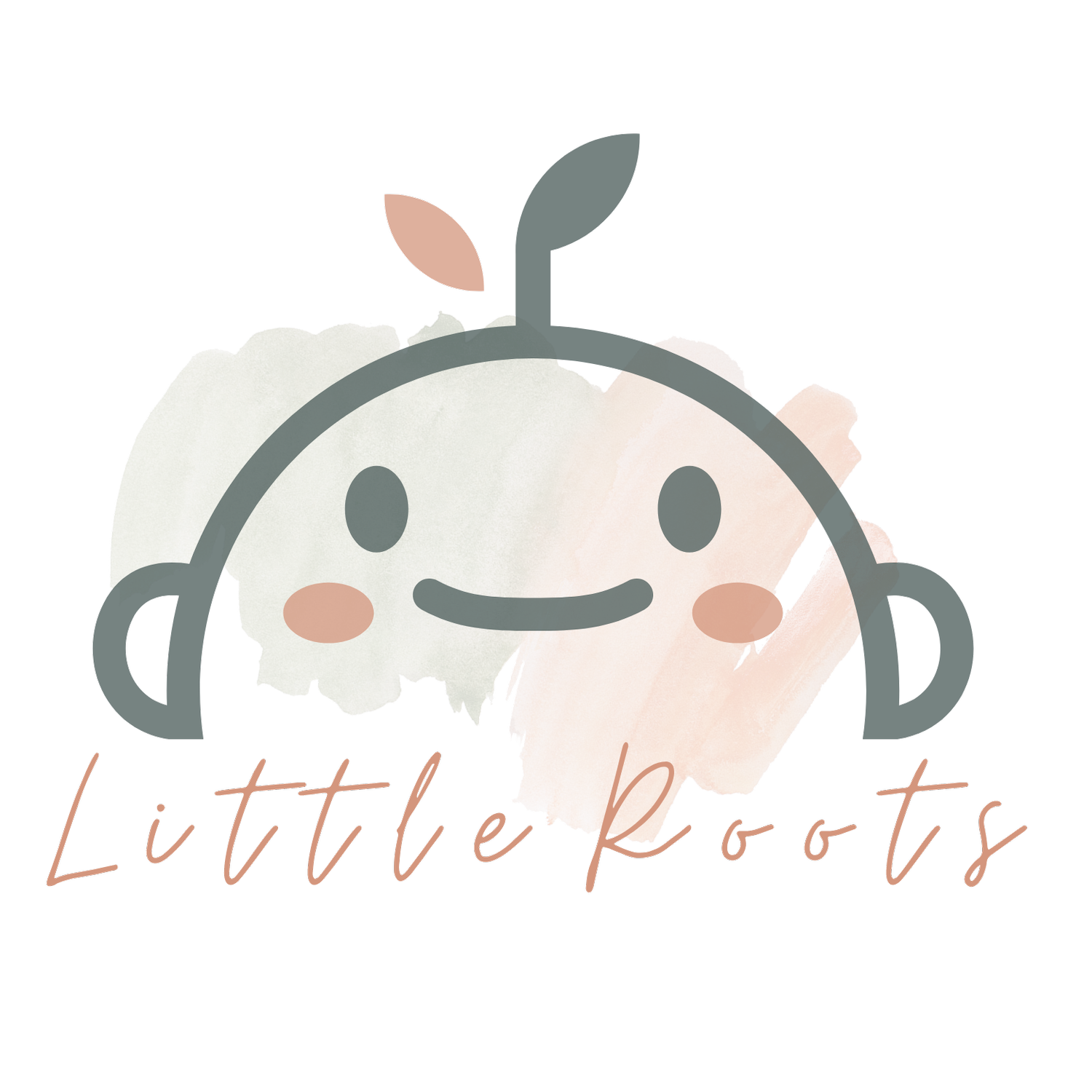The Joyful Benefits of Roughhousing with Kids: Why Starting Young Matters
The Joyful Benefits of Roughhousing with Kids: Why Starting Young Matters
When it comes to raising well-rounded, happy children, there’s often a lot of focus on structured activities, developmental and educational milestones. Yet, one of the most natural and beneficial activities might be as simple as a good, old-fashioned physical play. Roughhousing with kids, including babies, offers a plethora of benefits for their physical, emotional, and social development. Let’s explore why roughhousing is so valuable and how you can start engaging in this playful activity with your little ones from an early age.
The Many Benefits of Roughhousing
Physical Development
Strength and Coordination: Roughhousing helps children develop gross motor skills by encouraging movement, balance, and coordination. Activities like tumbling, wrestling, or play-fighting require children to use their muscles in different ways, promoting strength and flexibility.
Body Awareness: Through physical play, kids learn about their bodies and spatial relationships, which is crucial for future motor skills.
Emotional Growth
Stress Relief: Physical play is an excellent way for children to boost their mood and can help children regulate their emotions more effectively. It can also release pent-up energy and stress (this may even look like tears after a small bump- if this happens, provide comfort to your child and try to resume playing to support their ability to recover. This should improve the more you practice this type of play!).
Confidence Building: Roughhousing allows children to test their limits in a safe environment. Successfully navigating playful challenges helps build self-confidence and resilience.
Social Skills
Understanding Boundaries: Roughhousing teaches kids about social boundaries and personal space. Through play, they learn to gauge their own strength and read others' cues, fostering empathy and understanding.
Cooperation and Teamwork: Engaging in roughhousing activities often requires collaboration and negotiation. This helps children develop important social skills like communication, cooperation, and problem-solving.
Starting Young: Roughhousing with Babies
You might be surprised to learn that you can start incorporating elements of roughhousing into your interactions with babies. While you may not be engaging in full-fledged wrestling matches, there are gentle ways to introduce physical play that benefits their development.
Tummy Time with a Twist
Playful Interaction: During tummy time, gently roll your baby in and out of tummy time. This simple activity supports muscle development and coordination.
Gentle Playful Touch
Safe and Enjoyable: Infant massage, tickling, or playful nuzzling or kissing helps babies become accustomed to physical touch and learn about different sensations. It can also promote laughter and bonding.
Bouncing and Rolling
Interactive Movement: Bouncing your baby on your knee, yoga ball or rocking them from side to side can be exciting and stimulating. Secured in a blanket with 2 adults, swing your baby side to side rhythmically. These activities help develop their core muscles and balance.
Playful Lifts and Twirls
Strengthening Bonds: Lifting your baby in the air or gently tossing them, or twirling them in your arms (safely) can be thrilling for them and enhance their sense of trust and security in you. It’s also a great way to get them moving in all different planes of movement to develop their vestibular (movement) sense.
*These activities may only be appropriate depending on your baby’s age and development of head control (typically achieved by 4-6 months old). If you have any questions about your baby’s ability to safely engage in a movement activity, reach out to your baby’s care provider.
Tips for Engaging in Roughhousing: Older Children
Start and End with Connection
Begin with a Warm-Up: Start your roughhousing session with gentle, loving interactions. This helps your child feel secure and excited about the upcoming play. A warm hug or a few calming words can set a positive tone.
End with Calmness: Conclude your roughhousing with soothing and comforting gestures. This might include a gentle hug or soft words to help your child transition from high-energy play to a more relaxed state.
Modulate Interactions
Pause and Resume: Every 20-30 seconds, introduce a pause where you freeze in a silly pose or make a funny face. This helps regulate the intensity of the play and provides moments of connection and laughter. It also gives children a chance to catch their breath and respond to the playful interactions in a more balanced way.
Utilize the Rise and Fall of Energy
Energy Modulation: Incorporate periods of high energy and excitement with moments of calm and slower-paced play. This rise and fall of energy helps children learn to modulate their own arousal and emotions. For example, after a burst of playful roughhousing, slow things down with gentle rocking to help your child regulate their emotions and energy levels.
Read Their Cues
Responsive Play: Pay close attention to your child’s reactions and energy levels. If they seem overstimulated or overwhelmed, take a break and comfort them. Adjust the intensity of play based on their cues to ensure the experience remains positive and enjoyable.
Conclusion
Roughhousing is more than just a fun activity; it’s a powerful tool for fostering physical, emotional, and social development. By starting young and incorporating mindful techniques such as starting and ending with connection, modulating interactions with pauses and silly poses, and leveraging the rise and fall of energy, you can make roughhousing a joyful and beneficial part of your child’s growth. So embrace the playful messiness, enjoy the laughter, and cherish the deepened bond that comes with engaging in this enriching activity.


